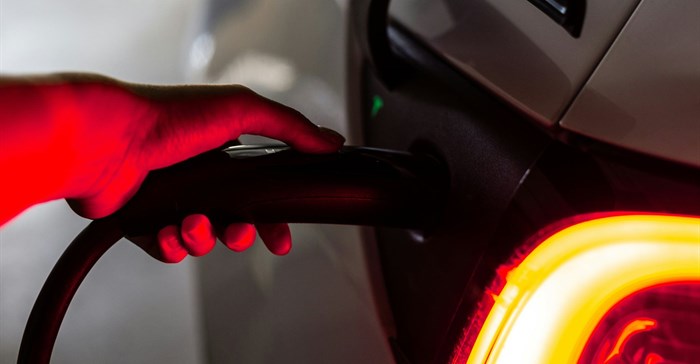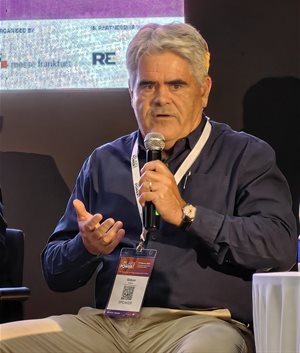
“Producing zero-carbon electricity and the technologies to store it are only part of the solution,” explains Christopher Robinson, senior director at Lux Research. “They alone cannot provide a low-cost pathway to zero-carbon electricity. This is where demand management comes into play.”
When South Africa reaches energy surplus, demand management, or the management of power consumed behind the meter, will become an important conversation.
More advanced electricity economies are using demand response programmes to dynamically compensate consumers with price reductions for decreasing consumption when the grid is congested, but new research has identified potential for greater grid flexibility by injecting power back into the grid.
This concept is not entirely new in more electricity wealthy markets like the US. “Virtual power plants have aggregated loads like batteries to participate in wholesale energy markets, generating revenue for asset owners,” says Robinson.
However, the most valuable asset is finally joining the managed power portfolio: the electric vehicle (EV). EVs are set to take centre stage in the demand management conversation
Automakers are embracing bidirectional charging Vehicle-to-grid (V2G) charging schemes have been stuck in pilot purgatory for the last decade due to a lack of vehicles that support it.
However, the release of the Ford F-150 Lightning in 2022 marked a significant turning point. This was the first vehicle to support bidirectional charging, building on the vehicle-to-home foundation Nissan laid a decade earlier. Today, all of the largest automaker groups, including Tesla, have endorsed bidirectional charging.
Grids are reaching their decarbonisation limits Some regions, notably Germany and California, have experienced challenges integrating high levels of solar energy. Excess solar produced during the day can create negative electricity prices and congest transmission and distribution networks.
Flexible loads that can adjust power consumption based on the availability of renewables can enable a deeper penetration of renewables to avoid these effects.
V2G can provide significant storage and capacity EV batteries typically range from 50kWh to 100kWh, much larger than the battery systems commonly seen in homes.
The charging rate of an EV is also larger than most residential solar and storage systems. As the fleet of EVs on the road continues to grow, so does the potential capacity.
With the potential of V2G charging becoming increasingly apparent, the question remains: where will we see the first deployments?
The residential sector, where owners of EVs will find lower costs for home backup via bidirectional charging compared to dedicated backup generators, is a promising area.

Fleets, due to their size and predictability, are also a promising use-case. Gideon Neethling, company engineer at Golden Arrow Bus Services, told the audience at the recent Solar Power Africa conference that the electric bus pilot project is going so well that they are wanting to cover all bus terminuses in solar panels and use parked busses as backup power for the company’s operations.
As we move towards a more sustainable future, the role of EVs in demand management and the decarbonisation of our electricity grids cannot be overstated.
